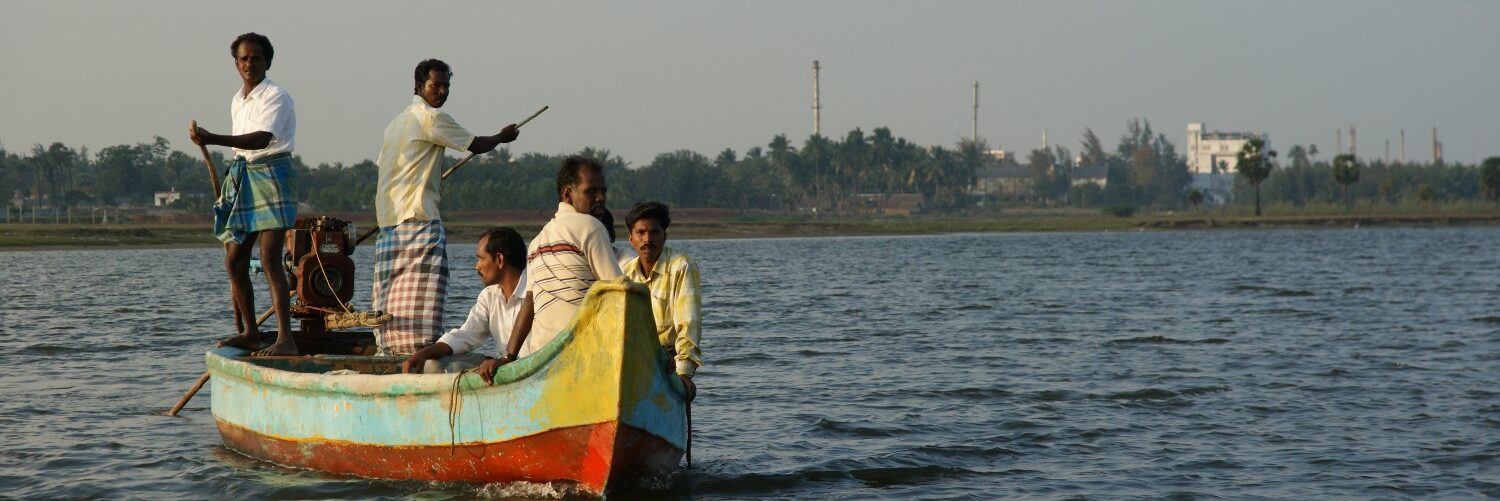02nd December 2013
By Sruthisagar Yamunan
New Indian Express
Tamil Nadu: The latest round of the Comprehensive Environment Protection Index (CEPI), released by the Central Pollution Control Board (CPCB) recently, has clearly established that the Tamil Nadu Pollution Control Boards assessment of pollution levels in the Cuddalore industrial cluster in February 2011 failed to provide the exact ground figures, environmentalists now say.
The latest CEPI figures for Cuddalore has in fact come as a shock to observers. As reported by Express last week, the index, which is a cumulative of Air, Water and Land pollution data, placed the Cuddalore industrial cluster in the critically polluted category with a score of 70.12. Anything above the score of 60 is considered critical.
When CEPI scores were released for the first time in January 2010, Cuddalore had an even higher number of 77.45. This led to a moratorium on environmental clearances in the cluster which continued till March 2011.
But what led to the lifting of the moratorium was a recommendation by the CPCB and the TNPCB to the Ministry of Environment and Forests (MoEF), which said that an action plan to mitigate pollution had been approved and initiated. The pollution levels, based on the action plan, were scored at 54.69 in February 2011.
Immediately after the lifting of the moratorium, the SIPCOT Area Community Environmental Monitors (SACEM), from data obtained under the Right to Information Act, put out a report stating that the scores quoted by the central and state boards based on the action plan were a mere projection and were in no way reflection of ground situation. In other words, pollution at the ground level has not seen such drastic improvement.
“As early as in April 2011, we wrote a letter to the Ministry highlighting this issue. But the then minister, Jairam Ramesh, did not initiate any action,” said Shweta Narayan of SACEM. The pollution board also stuck to its numbers.
Meanwhile, the recent Comprehensive Environment Protection Index scores, based on monitoring between the months of February and April 2013, have brought back the pollution numbers to critical levels in Cuddalore.
But interestingly, despite the MoEFs own yardstick, which clearly says that moratoriums would be issued on places where pollution levels are on the increase and have breached the “critical” levels, Cuddalore has been let off yet again.
This is the yardstick that has been applied to Vellore, where the moratorium has been extended further on September 17.
In fact, activists point out that even as early as in November 2011, about eight months after the moratorium was lifted in Cuddalore, another interim assessment placed the pollution levels there at 78.41, a substantial increase from around 54 in February.
This too failed to garner any response from the MoEF.
“So we really do not understand why there is one yardstick for Vellore and another for Cuddalore,” said Shweta. Despite repeated attempts, pollution board officials could not be contacted for comments.
